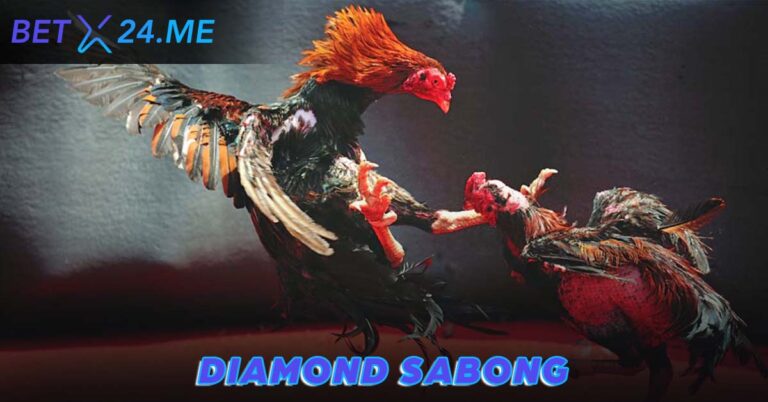Unveiling the Asil Chicken – A Fascinating Journey Through History and Characteristics

Embark on a fascinating journey with Betx24 as we delve into the captivating tale of the Asil chicken, tracing its roots back to India over 2,000 years ago. Renowned for its aristocratic lineage and formidable temperament, the Asil has left an indelible mark on the poultry world. Join us as we explore the rich history and distinctive characteristics of this remarkable breed, in association with online sabong enthusiasts worldwide.
The Asil Chicken – A Glimpse into History
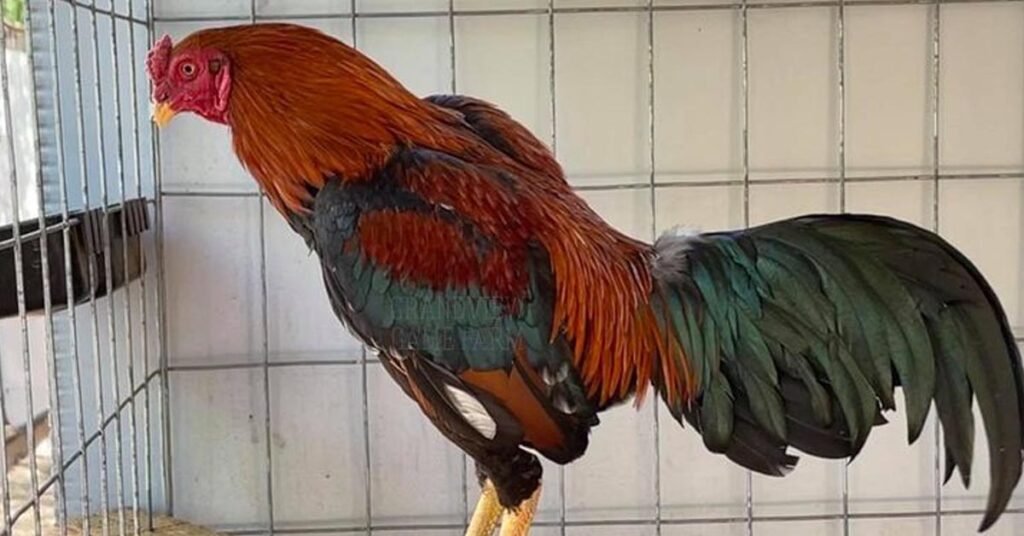
Originating from India, the Asil chicken boasts a storied past that spans millennia. Revered as the progenitor of the Cornish breed, the Asil’s legacy is steeped in tradition and lore. In Arabic, “Asil” translates to “high born,” a fitting moniker that encapsulates the noble bearing and regal demeanor of these majestic birds.
Characteristics That Set Asil Chicken Apart
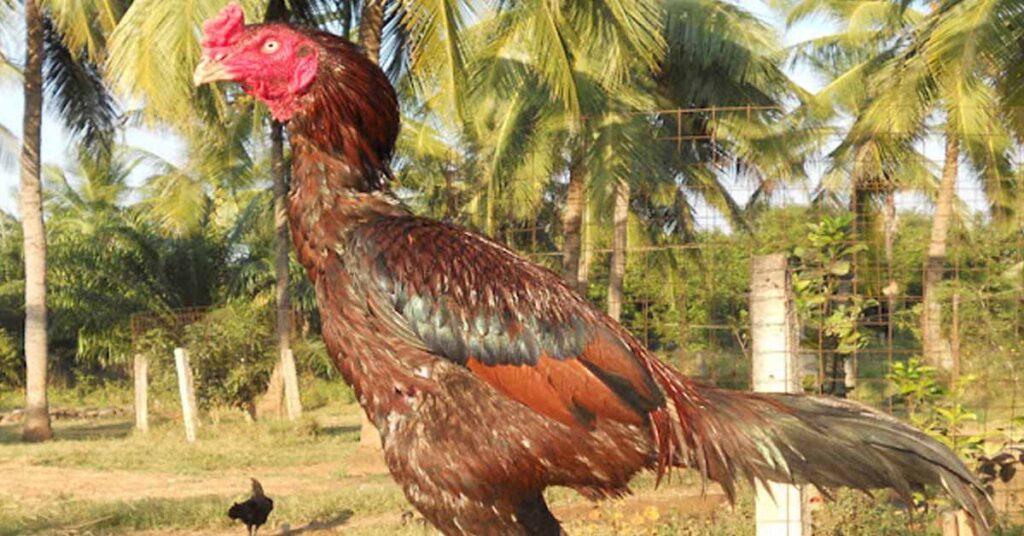
Step into the world of the Asil, where strength and resilience reign supreme. With its muscular physique, distinctive yellow beak, and broad shoulders, the Asil commands attention at first glance. Exhibiting traits reminiscent of its Cornish descendants, the Asil is characterized by its short legs, robust chest, and formidable stature.
Asil chickens are renowned for their hard feathering and compact build, traits that reflect their resilience and adaptability. Sporting small head appendages and distinctive comb shapes, these birds exude an aura of power and authority. From their plump, firm heads to their muscular thighs, every aspect of the Asil’s anatomy speaks to its prowess and strength.
Temperament
Aseel chickens are renowned for their aggressive nature, a trait honed over centuries for fighting purposes. They exhibit strong territorial instincts and can fiercely protect their owners. Despite this, they display loyalty and affection towards their owners, often forming deep bonds with them.
Behavior
Aseel hens are seasonal layers, producing a limited number of eggs, yet excel as nurturing mothers. They readily become broody and excel at sitting on and protecting their eggs.
Aseel chicks mature slowly and exhibit a propensity for conflict from an early age, necessitating separation to prevent fatal skirmishes. They require ample space for proper growth compared to other breeds. While known for their fighting abilities, Aseel chickens are remarkably friendly towards humans and can be easily tamed. They are not well-suited to cold climates and thrive in dry conditions.
Housing Considerations
Meeting the housing needs of Asil chickens involves several critical considerations, encompassing factors like size, temperament, and protection from the elements.
Asil chickens, being larger than many other breeds, necessitate ample space for movement and exercise. Given their territorial nature, they also require a secure environment to prevent aggression when they feel threatened. It’s advisable to house Asil chickens in a well-built coop or pen, providing at least 6-8 square feet of space per bird.
Adequate ventilation is essential for their health, along with the provision of suitable bedding materials. Regular cleaning of the coop is also vital to maintain a hygienic environment for the birds.
Varieties and Standard Weights
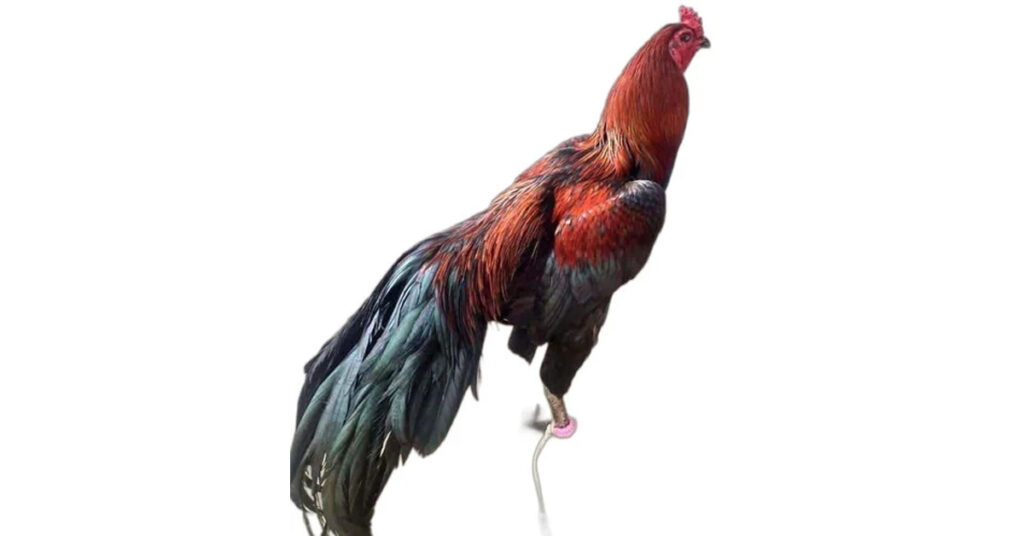
Dive into the diverse world of Asil varieties, where a spectrum of colors and patterns awaits. Whether it’s the sleek elegance of the Black Asil or the vibrant allure of the Red Spangled variety, each iteration showcases the breed’s inherent beauty and diversity.
In accordance with breed standards, Asil cocks typically weigh in at 6 lbs, while hens average around 5 lbs. These standardized weights serve as a benchmark for evaluating the health and vigor of Asil specimens, ensuring that they meet the criteria for excellence and authenticity.
Asil: Beyond Ornamental Value
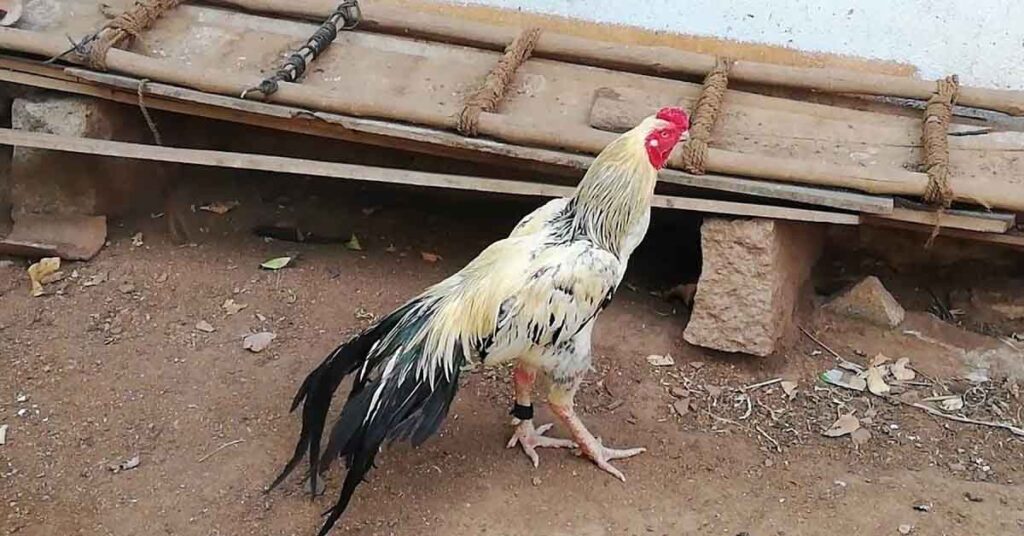
While admired for their ornamental beauty, Asil chickens also serve practical purposes in the culinary world. Renowned for their succulent meat and distinctive flavor profile, Asil birds are prized for their culinary versatility and gastronomic appeal. Whether served as a centerpiece dish or incorporated into traditional recipes, Asil meat is a testament to the breed’s enduring legacy and cultural significance.
Conclusion
As we conclude our journey through the world of the Asil chicken on Betx24, we’re left with a profound appreciation for its rich history, distinctive characteristics, and enduring legacy. From its ancient origins in India to its modern-day prominence, the Asil stands as a testament to the enduring bond between humanity and poultry. As we continue to cherish and celebrate this remarkable breed, we honor its contributions to our culinary heritage and cultural tapestry.






